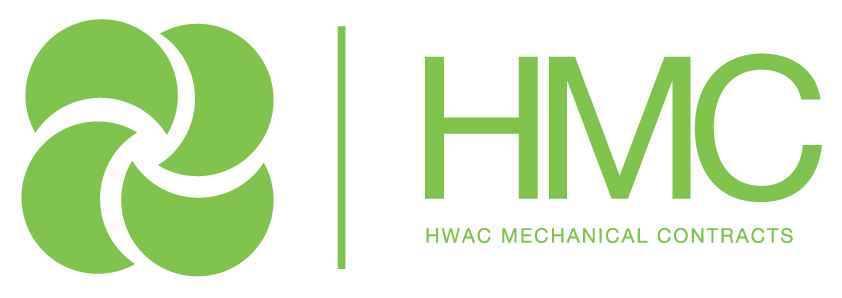E: info@hmclimited.co.uk
Diversion Works
The installation and commissioning of diversion works in building services are essential to ensure that utilities and services are rerouted safely and efficiently, often to accommodate new construction or renovation projects. This process involves careful planning, coordination, and execution to minimize disruptions and maintain service continuity.
.
What we do:
Installation:
- Assess the building’s requirements for heating, cooling, and plumbing.
- Develop a detailed design, including the layout of pipes, fixtures, and equipment such as boilers, chillers, pumps, and valves.
- Choose appropriate materials for pipes (e.g., copper, PEX, steel) and insulation.
- Select efficient and compliant fixtures, valves, pumps, boilers, and chillers.
- Prepare the installation areas by clearing obstructions and ensuring access to necessary utilities.
- Ensure compliance with safety and building regulations.
- Install supply and return piping for heating and chilled water systems, ensuring correct sizing and routing.
- Use proper techniques for joining pipes, such as soldering, brazing, or using mechanical fittings.
- Install drainage and vent pipes for plumbing systems, ensuring proper slope and support.
- Install boilers, water heaters, chillers, and pumps, ensuring they are securely mounted and properly aligned.
- Connect equipment to the piping network, electrical supply, and control systems.
- Insulate pipes to prevent heat loss in heating systems and condensation in chilled water systems.
- Ensure proper insulation of hot water pipes to maintain temperature and energy efficiency.
- Planning and Design
– Assess the need for diversion works, including identifying existing utilities such as water, gas, electricity, telecommunications, and drainage. - – Develop a detailed diversion plan that includes new routes, timelines, and coordination with relevant authorities and stakeholders.
- Survey and Marking
– Conduct a thorough survey to identify the exact locations of existing utilities. - – Mark the areas for new routes and ensure compliance with local regulations and safety standards.
- Material Selection
– Choose appropriate materials for the new routes, such as pipes, cables, conduits, and support structures. - – Ensure all materials meet the required specifications and standards for durability and safety.
- Site Preparation
– Prepare the site by clearing obstructions and ensuring safe access for installation teams. - – Implement safety measures, including barriers, signage, and personal protective equipment (PPE) for workers.
- Installation of New Routes
– Install new pipes, cables, and conduits along the planned diversion routes. - – Ensure proper support, alignment, and protection to prevent damage during and after installation.
- Connection and Transition
– Connect the new routes to the existing systems, ensuring minimal disruption to services. - – Use appropriate methods to join new and old sections, such as welding, soldering, or using mechanical fittings.
- Decommissioning of Old Routes
– Safely decommission and remove or isolate old utility routes that are no longer in use. - – Ensure the site is left in a safe and clean condition.
Commissioning:
Testing and Verification
– Conduct pressure tests, continuity tests, and other relevant tests to ensure the integrity and functionality of the new routes.
– Verify that all connections are secure and leak-free.
System Integration
– Gradually integrate the new routes into the existing systems, monitoring for any issues.
– Ensure that all systems are functioning correctly and efficiently.
Performance Testing
– Perform comprehensive performance tests to confirm that the new routes can handle the expected load and conditions.
– Address any issues or deficiencies identified during testing.
Compliance Verification
– Ensure that the diversion works comply with all relevant codes, standards, and regulations.
– Document compliance and obtain necessary inspections and certifications from authorities.
Final Inspection
– Conduct a final inspection with stakeholders, including utility providers, engineers, and building owners.
– Address any remaining concerns or issues before final approval.
Documentation
– Provide detailed documentation, including as-built drawings, test results, and operation manuals.
– Ensure records are kept for future reference and maintenance.
Training and Handover
– Train building maintenance staff and relevant personnel on the new systems and any changes to operation procedures.
– Provide comprehensive operation manuals and emergency response plans.
Ready to start your project or need more information? Contact HMC Limited today to discuss your requirements and discover how our turnkey solutions can benefit your operations.
At HMC Limited, we are committed to delivering excellence in every aspect of our service. Trust us to be your reliable partner for all your gas system needs.
